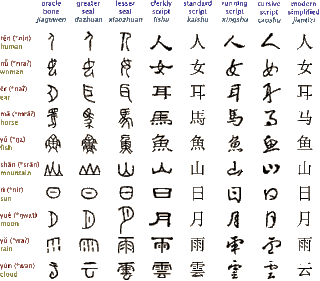TBD
Reference Information:
Title: Mobia Modeler: easing the creation process of mobile applications for non-technical users
Authors: Florence Balagtas-Fernandez, Max Tafelmayer and Heinrich Hussmann ofUniversity of Munich, Munich, Germany
Summary:
The researchers of this paper are working on a method by which people without programming skills are able to design and develop applications for mobile devices. The motivation for this is to enable those without any programming skills to be able to build their own apps without having to learn how to program.
The researchers are initially focusing on mobile applications that are related to the health and medical domain spaces. However, they intend to extend their work in the future to other domains unrelated.
Discussion:
This reminds me of a similar push by middleware tool makers that are developing simple visual development tools within the video game development industry. There are a few different potential solutions created to date. There are two that have been developed with people who are more technical in mind. One was the Torque Engine and the other was Unity3D. Both required some knowledge of scripting or programming to make the end results fully effective.
There is currently another tool that is available for users of Apple products. GameSalad, a company that has their development team in Austin, has created a tool to be able to create iPhone and iPad content without having to know Objective C or proper programming techniques. Game can be created by complete neophytes. Still, this doesn't mean that the content produced is going to necessarily be great, but it makes it more accessible to the average person.





